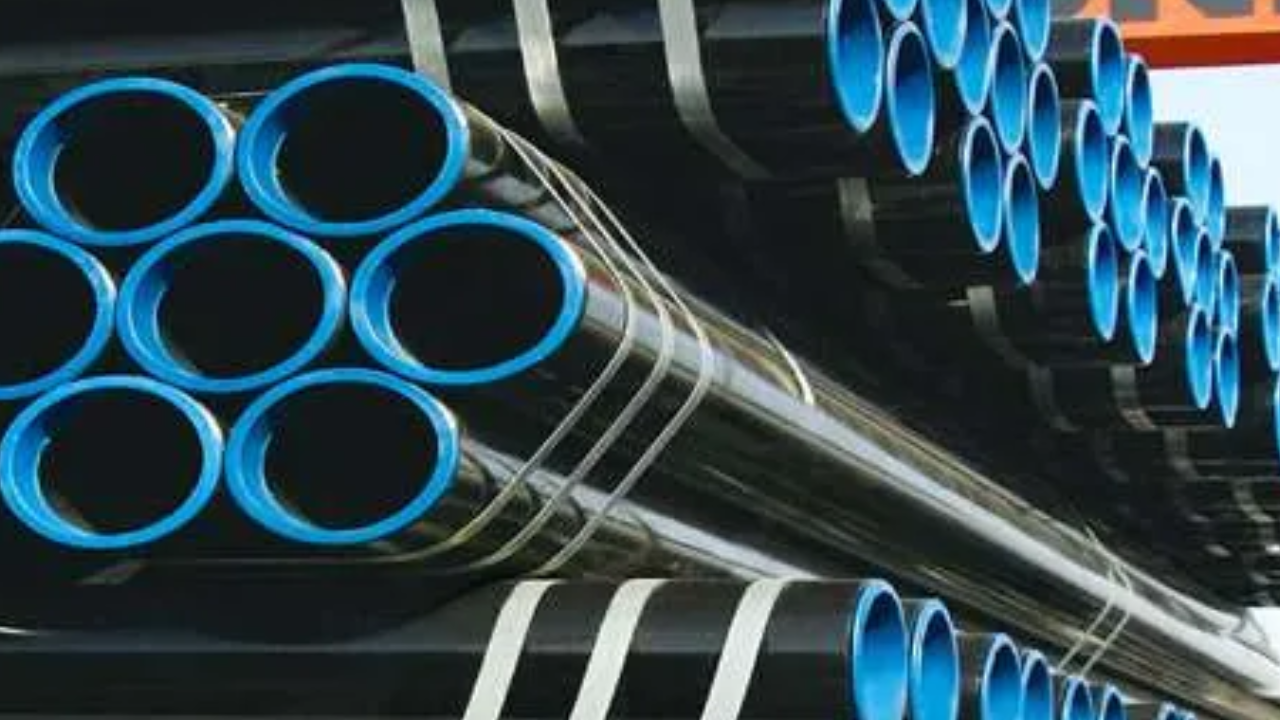ASTM A53 grade A pipes are a type of carbon metal pipe drastically utilized in exceptional enterprise applications for conveying fluids like water, gasoline, and oil. Those pipes are famous for their strength, adaptability, and long lifespan. They’re produced according to the specs hooked up via the ASTM. ASTM A53 Grade A pipes are made from low-carbon metal, making them reasonable for welding, bowing, and framing strategies.
With a smooth interior floor and uniform dimensions, those pipes provide green fluid drift and are available in a range of sizes and thicknesses to satisfy diverse undertaking requirements. Usually applied in production, infrastructure, and utility tasks, astm a53 grade a pipes play a critical role in providing crucial services and preserving the integrity of commercial systems. Their compliance with rigid ASTM necessities ensures quality, dependability, and execution in irritating conditions.
The Main Factors Which Lead To ASTM A53 Grade A Pipe Deterioration
See the details below:
Corrosion
ASTM A53 Grade A pipes are extremely vulnerable to corrosion, a common problem in metallic systems. It occurs when the metal causes material degradation as a result of its interaction with its surroundings. Moisture, chemical substances, and oxygen are primary catalysts for corrosion. To mitigate corrosion, protective measures such as coatings, linings, and cathodic safety structures may be employed. Ordinary inspections and maintenance routines are imperative to become aware of and address corrosion early on.
Mechanical Damage
Mechanical harm, along with dents, scratches, and gouges, compromises the structural integrity of ASTM A53 Grade A pipes. This damage regularly occurs at some point in the coping, transportation, and installation processes. To mitigate mechanical damage, proper handling techniques, shielding measures, and nice warranty approaches need to be applied. Schooling personnel on secure management practices and making use of suitable lifting equipment are crucial steps in preventing damage throughout transportation and setup.
Erosion
Erosion, especially in high-pace systems or those containing abrasive particles, can cause the thinning and weakening of ASTM A53 Grade A pipes. To mitigate erosion, flow regulators, erosion-resistant linings, and pace-reducing devices can be set up. Tracking fluid waft situations and figuring out capability erosion hotspots are crucial for implementing targeted mitigation measures. Everyday renovation and inspection of erosion-inclined areas can help prevent further deterioration.
Manufacturing Defects
Notwithstanding stringent first-class management measures, production defects, including inconsistencies in wall thickness and improper welding, can compromise the integrity of ASTM A53 Grade A pipes. To mitigate production defects, complete exceptional warranty approaches should be implemented at some point in the manufacturing process. Material trying out, weld inspections, and dimensional tests are essential for ensuring compliance with ASTM requirements and figuring out defects early on.
Environmental Factors
Environmental factors like temperature fluctuations, UV exposure, and soil conditions can accelerate the deterioration of ASTM A53 Grade A pipes. To mitigate environmental degradation, insulation, shading, and corrosion-resistant coatings may be carried out. Monitoring environmental conditions and implementing preventive measures are essential for protecting pipes from negative effects. Ordinary upkeep and inspection of buried pipes can help detect problems like soil corrosion and save you from structural disasters.
Conclusion
Knowledge of the common reasons for degradation in ASTM A53 Grade A pipes is essential for implementing powerful maintenance and mitigation techniques. By addressing corrosion, mechanical harm, erosion, manufacturing defects, and environmental elements, industry stakeholders can lengthen the service life of these pipes and ensure the protection and reliability of their infrastructure. Ordinary inspections, proactive upkeep, and first-class assurance measures are key components of comprehensive pipe management software.

